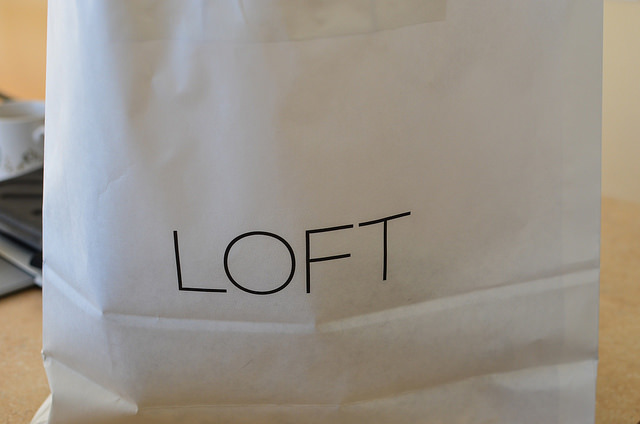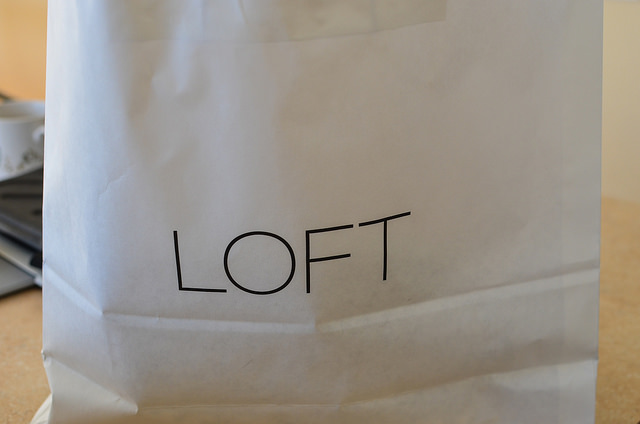
American retail group Ascena Retail Group has announced that it would acquire women clothing retail brands Ann Taylor and Loft in a deal valued at about $2 billion.
Ascena, that owns Lane Bryant and Dressbarn, has around 4,900 stores worldwide and is estimated to generate $7.3 billion in sales. According to the company’s CEO, “the transaction will make us part of a larger organization with a diversified portfolio of brands focused on the women’s apparel market, a strong operating platform and a powerful financial base.”
Ann Taylore investors will receive US$37.34 in cash and 0.68 of an Ascena share for every Ann share they hold, the companies said in a statement Monday. The US$47-a-share offer represents a 21 per cent premium to Ann’s closing price Friday.
Ann Taylor has been facing dropping profits since 2014 and activist investor Engine Capital and hedge fund Red Alder had even urged Ann to consider a buyout. The two retail brands, like many others in the US, have been facing troubling times with customers running in for promotional offers and online brand markets. While Ann Taylor has 361 stores nationwide, Loft has around 664 locations. Both the companies target working women and specialize in formal wear. Ann Taylor brand also includes stores such as Ann Taylor Factory and a latest active and casual-wear concept, Lou & Grey, which has just five locations. Ascena’s currently has in its kitty women plus-size retailers Lane Bryant and Catherines and formal wear stores Dressbarn and Maurices alongside children’s clothing store Justice.
With workplace getting more casual, Ann Taylor’s offering of classic business suits have got less takers. The millennials are statistically shown to have deviated from brands that have more formal offerings. Though Ann added Loft in the 1990s as an offering which is far more up to date in style, the company has largely failed to keep up with the demand for online shopping. With more brands showing their presence online, the market has become more cluttered.
Ascena, that owns Lane Bryant and Dressbarn, has around 4,900 stores worldwide and is estimated to generate $7.3 billion in sales. According to the company’s CEO, “the transaction will make us part of a larger organization with a diversified portfolio of brands focused on the women’s apparel market, a strong operating platform and a powerful financial base.”
Ann Taylore investors will receive US$37.34 in cash and 0.68 of an Ascena share for every Ann share they hold, the companies said in a statement Monday. The US$47-a-share offer represents a 21 per cent premium to Ann’s closing price Friday.
Ann Taylor has been facing dropping profits since 2014 and activist investor Engine Capital and hedge fund Red Alder had even urged Ann to consider a buyout. The two retail brands, like many others in the US, have been facing troubling times with customers running in for promotional offers and online brand markets. While Ann Taylor has 361 stores nationwide, Loft has around 664 locations. Both the companies target working women and specialize in formal wear. Ann Taylor brand also includes stores such as Ann Taylor Factory and a latest active and casual-wear concept, Lou & Grey, which has just five locations. Ascena’s currently has in its kitty women plus-size retailers Lane Bryant and Catherines and formal wear stores Dressbarn and Maurices alongside children’s clothing store Justice.
With workplace getting more casual, Ann Taylor’s offering of classic business suits have got less takers. The millennials are statistically shown to have deviated from brands that have more formal offerings. Though Ann added Loft in the 1990s as an offering which is far more up to date in style, the company has largely failed to keep up with the demand for online shopping. With more brands showing their presence online, the market has become more cluttered.


















